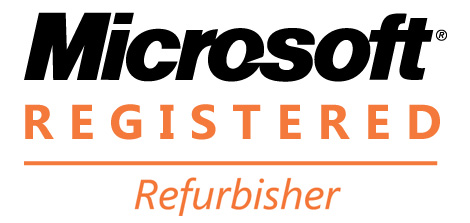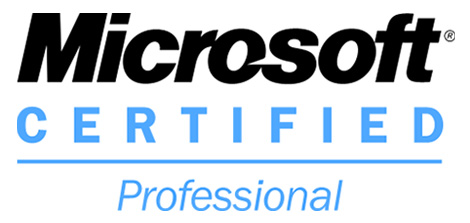Few things can be as frustrating to an IT manager trying to control costs than walking into the back room of the department and finding a bunch of machines, hardware and cables collecting dust, especially if someone on the staff has just put in a purchase request for a new desktop computer. With vigilant and timely IT inventory administration, unnecessary purchases can become a thing of the past. Let’s look at ways to make it happen.
Step One: Know What Assets Exist
This may seem a little simplistic, but truly, a company can’t know what equipment it needs to add if it doesn’t know what it has. That means an asset tracking system, one that is comprehensive and easy to update, is crucial. An Excel spreadsheet might work for smaller companies, but for larger ones, more sophisticated asset management software is necessary. Here are some of the elements that should be included in the database:
-
Machine type and serial number
-
Hardware and software on the machine
-
Equipment location and primary user
-
Software access that’s approved for the user
-
Network configuration for the machine
-
Age and previous maintenance of the equipment
-
Whether the machine is company-owned or leased from a third party
Having a good base of knowledge about any assets already in the building will allow IT managers to know when replacements will likely be needed, which can smooth the budgeting process. Plus, it will ensure no extra purchases of hardware or unauthorized software will be incurred.
Create a New System
The next step in asset inventory management is to get a plan in place for future acquisitions. When a procedure is in place, it is easier for new machines to be added to the inventory list mentioned above with little IT tech involvement. Tying a help desk ticket tracker into the system could be advantageous as well. That means that each time an employee seeks assistance with his or her machine from the IT department, that service call and its outcome are logged. Then it will be easier to spot whether a machine is reaching the end of its life cycle and if it just is a worker who continually complains of problems that are just user-generated.
Develop a Plan
Another important part of the asset management process is tracking when leased machines are due to be returned, renewed or replaced. When someone is watching this timeline, they will know if there is a budget hit coming down the pike because of lease renewal fees or late fees that come from turning the machine in past the deadline. Or, if the machine needs to be replaced, it will take some man-hours to handle the transition of the equipment and the files on the hard drive. If the IT manager doesn’t know that work it pending, it could lead to some downtime for workers and a loss of productivity for the company as a whole.
Asset inventory management is a big project that takes time to put in place. But once it is up and running, it can save time and money. For more information about asset inventory, contact BBC Technology Solutions.





